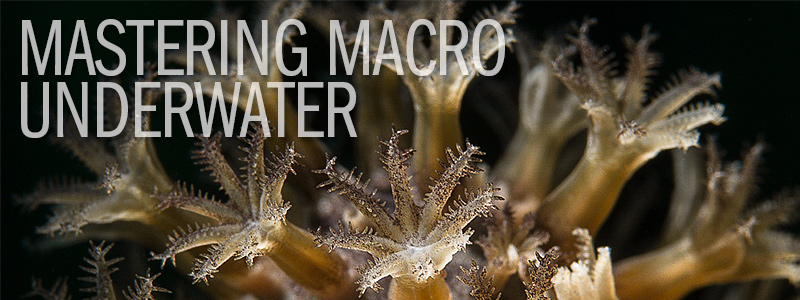Generally, anything small enough to fit within a 5-by-7-inch area is considered macro. Lots of subjects fall into this category — fish, crustaceans, abstract details and more. Photographing subjects this small requires getting close and using special macro lenses.
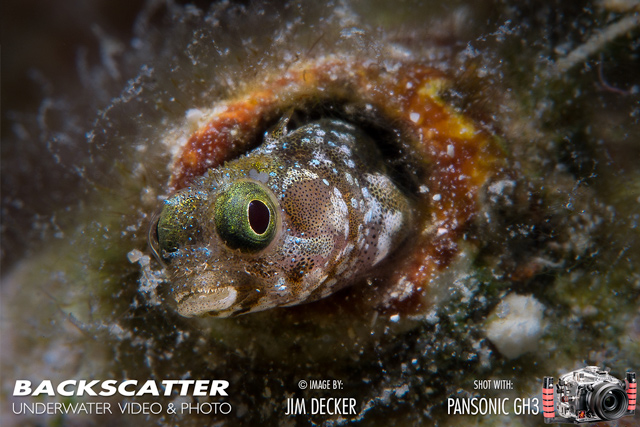
Using a Panasonic GH3 and Olympus 60mm macro lens, Jim Decker was able to get close to this tiny blenny. With manual settings of ISO 200, f/22, 1/160, he was able to retain detail in this image.
GET CLOSE – THEN GET CLOSER
Macro subjects often work best with tight framing and the elimination of distracting details. As in most types of underwater photography, if you think you’re close enough, it pays to get even closer. When you’re reviewing your images, it’s often the tightest ones that stand out.
SMALL APERTURES HELP RETAIN DETAIL
The flip side of moving in on your subject is that your depth of field (the zone that is in focus) shrinks rapidly the closer you get. To combat this, you will need to stop down the aperture. This means using higher F-stop numbers. Typically with macro photography, you will need to use at least f/11 to maintain reasonable depth of field. Conversely, extremely shallow depth of field can also be used as a creative technique that helps you separate your subject by focus.
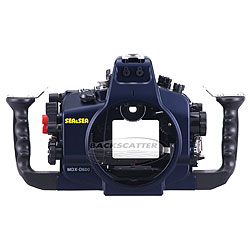 Sea & Sea MDX-D600 |
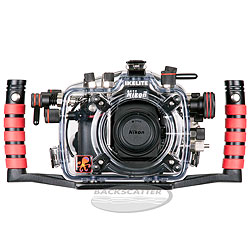 Ikelite D600 |
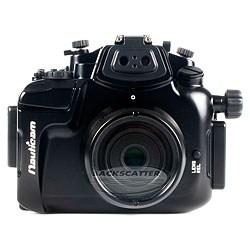 Nauticam NA-GH3 |
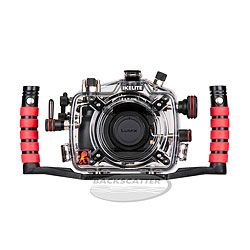 Ikelite GH3 |
When purchasing underwater photography equipment like the product mentioned in this article, please support Scuba Diver Life by supporting our retail partner: Backscatter.com



